Inside the philosophy of sauna and sweating
On a scientific level, sweating is our own inbuilt cooling and detoxifying system. But on a philosophical one, it triggers a heightened state of awareness between our psyche, spirit and body. And in the context of the sauna, both ring true. The longest standing modes of sweat practices have incorporated sweating as a form of spiritual expression that has promoted physical and mental health. Because simply, it’s nice to sit motionless, be warm, and be in relative silence. It’s nice to have nothing to do, and to have your phone out of sight. An article by The New Yorker explores the Finns’ obsession with sweating and notes that for them, the Finnish sauna is a spiritual experience that is “probably the truest sense of community. Just going in there super vulnerable, sweating your ass off, and really connecting.” And that is its essence - it is not only about detoxification, but about stillness, resilience, and switching off.
In the sauna, our physical body largely remains still, while our inner organs are actively working under the high temperatures. Then our body's largest organ, the skin, begins to exert sweat. Mikkel Aaland explores this in a book titled ‘Sweat bathing and the body’ where Mikkel mentions that “While outwardly relaxed, your inner organs are as active as though you were jogging or mowing the lawn”. And while movement is necessary to our health, having an active inner-state while being physically inactive appeals.
The Finnish sauna with its wood interior is well regarded for being the catalyst for sweat. Hot stones and water pails suddenly become an environment where chemistry, biology, and psychology meet. All while we remain still. To sweat in stillness, although a lovely alliteration, is for some an action that is something to be avoided. With antiperspirants, pollution, synthetic clothing, and a physically idle lifestyle all inhibiting the flow of sweat. But when we sweat with purpose, in a place that encourages rest, we can begin to reframe our relationship to sweating- as the body begins to respond to the heat through sweating we exhale tension, promoting a deeper state of relaxation in muscles and mind, pointing to the use of sweating as a way to focus on meditative states of being.
However, rather than slipping into a state of relaxation akin to sleep, the heat exposure keeps the mind and body active. As our bodies heat up and the experience moves from relaxation to endurance, it seems that sweaters are faced with a choice to either focus on the overwhelming heat, or focus a little longer on thoughts and feelings that help one to adapt, cope, and thrive when faced with adversity. And then gently, in total stillness, we are building resilience.

